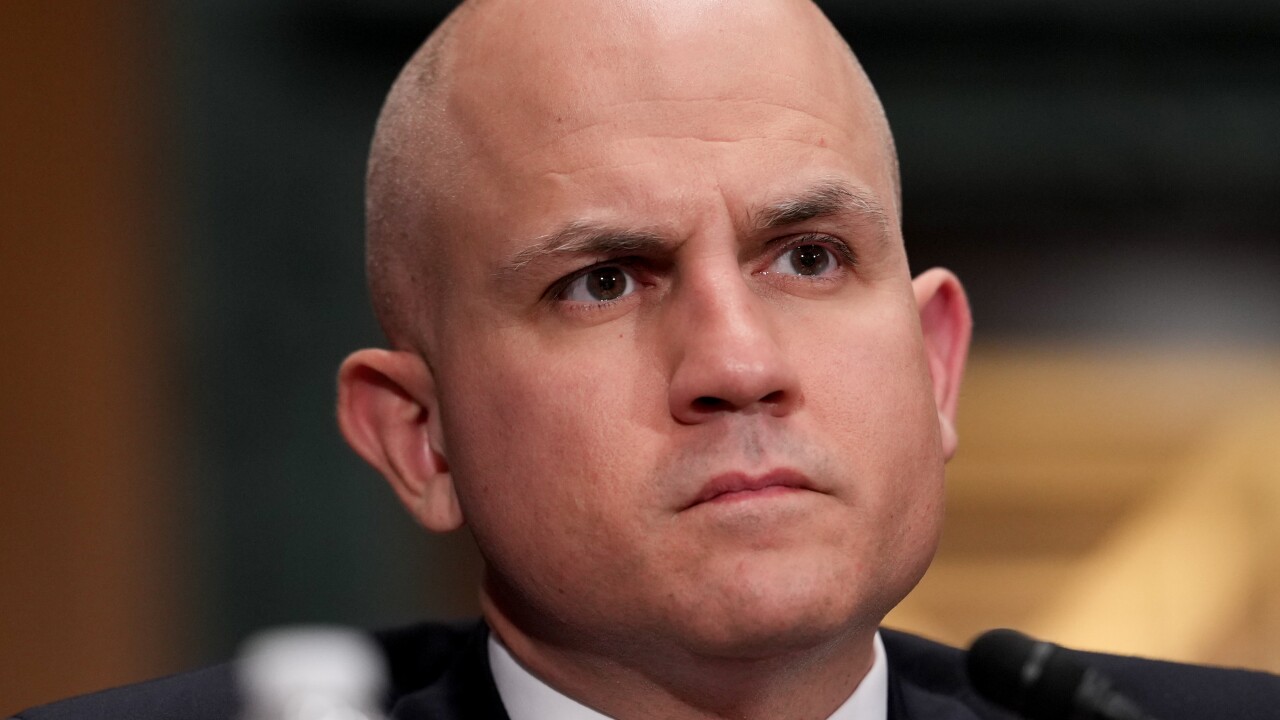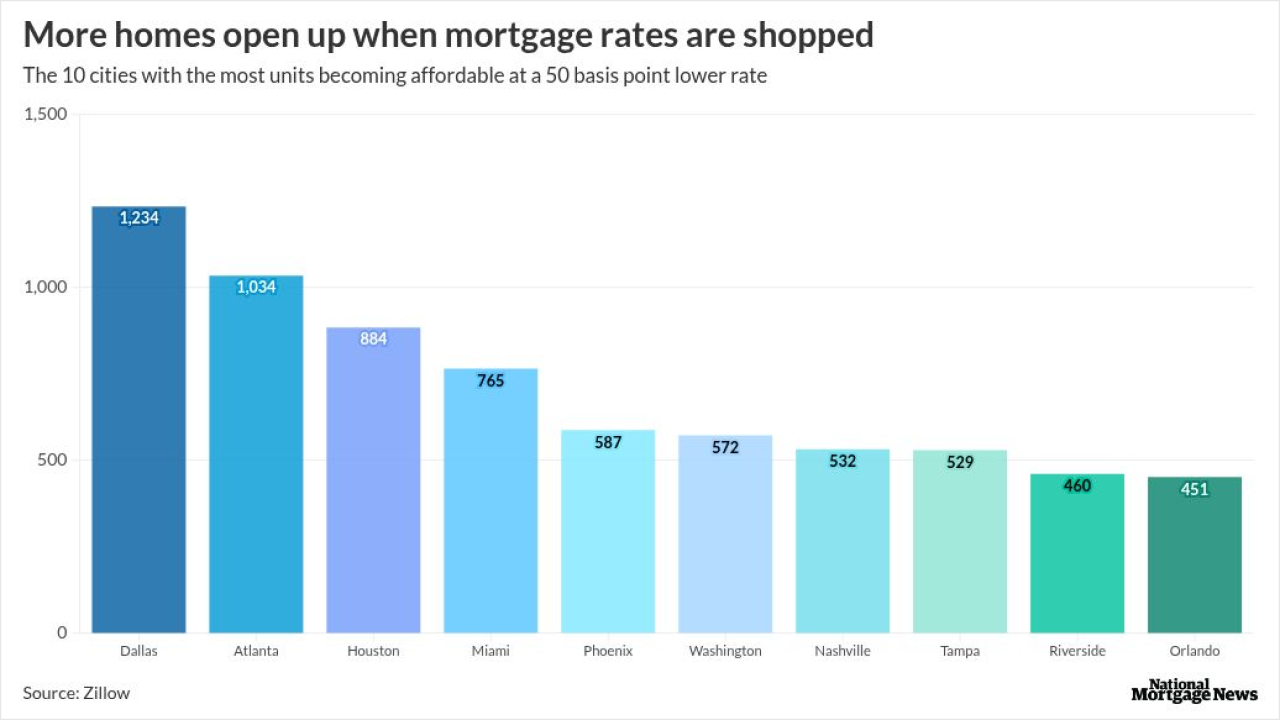When Andy and Amy Isaacson looked at buying a home in Palo Alto, Calif., for their expanding family, the least expensive one they could find was $1.5 million.
The couple and their three daughters instead moved to Omaha, Neb., where they have a $500,000 four-bedroom house with a sprawling backyard.
"We're both professionals and we were reaching into savings each month to make ends meet," said Andy Isaacson, a 35-year-old software engineer, whose wife worked as a clinical research coordinator at Stanford University before their April move. "Something had to give."
While runaway real estate costs in Silicon Valley have long since priced out most middle-class homebuyers, even high earners are becoming unable to afford Palo Alto, the suburb at the heart of the technology-rich region. Robust job growth combined with limited new housing supply are pitting well-off newcomers against wealthy residents who have benefited from a doubling of home values in the past decade alone.
Critics say longtime homeowners wanting to protect the character of the area are standing in the way of new residences to compensate for an employment surge. That's resulted in a median home value of $2.5 million, 13 times the national level and out of reach for even the six-figure salaries of the area's tech workers.
Too Fast
The issue gained broader exposure this month after a city planning and transportation commissioner resigned because of unaffordable housing. Mayor Patrick Burt last week told real estate website Curbed San Francisco that Palo Alto is adding jobs too fast — a problem most city leaders would love to have.
Soaring employment and a limited housing supply are to blame for the astronomical costs, Burt said in a telephone interview. He said he'd like to see "a reduced rate of job growth for a sustainable and healthy economy."
"We have more job growth than we know what to do with, and there's no sin for some of the jobs from the booming tech economy to be shared with other regions," Burt said.
Palo Alto, about a 45-minute drive south of San Francisco and adjacent to Stanford, is home to Tesla Motors Inc., HP Inc. and a host of venture-capital firms. Facebook Inc. was based there before moving its headquarters to nearby Menlo Park.
The city of 67,000 had a 2.9% unemployment rate in July, well below the 4.9% rate nationwide, according to the California Employment Development Department. There's far from enough housing to accommodate those workers. A 2014 city report estimated there are three jobs for every resident.
Prices Double
The median home value has doubled since 2006 to $2.5 million, data from Zillow show. The lowest-priced home on the market is a $969,000 one-bedroom condominium, according to brokerage Redfin. A 790-square-foot studio is available for about $1.3 million.
Kate Vershov Downing, the former planning commissioner, said in her Aug. 10 resignation letter that her family will move to Santa Cruz, a beachside community about an hour south, after paying $6,200 with another couple to rent a house. She's an attorney, while her husband is a software engineer.
"After years of trying to make it work in Palo Alto, my husband and I cannot see a way to stay in Palo Alto and raise a family here," she wrote. "I struggle to think what Palo Alto will become and what it will represent when young families have no hope of ever putting down roots here, and meanwhile the community is engulfed with middle-aged, jet-setting executives."
Palo Alto lost 7% of its 18- to 44-year-old population in the 2000s, the only age group to show a decline, according to Census data cited in the city's report. Those aged 45 to 64 grew by 19% and older than 65 increased 20%.
Foreign Buyers
In addition to tech-job growth, real estate prices have been pushed higher by foreign buyers looking for a place to park their cash. Realty bus tours popular with Chinese and Indian buyers are a common sight, with purchases leading to unoccupied investment properties dubbed "ghost houses." On the opposite end of the spectrum are homes filled with tech workers — so-called hacker hotels with more than a dozen young people piled in and sleeping in bunk beds to save on space.
Longtime residents such as Joseph Hirsch, a steering committee member for the Palo Altans for Sensible Zoning, argue that the area's rapid growth is creating traffic congestion and a parking shortage, and threatens to change its serene feel.
"We love that we have a nice suburban neighborhood with good schools, a great place to raise families, have them educated," said Hirsch, a Palo Alto homeowner since 1974. "That's something to be valued. We don't want to become San Francisco or Manhattan."
His group successfully fended off a 2013 ballot measure to build 12 market-rate single-family homes and a 60-unit apartment building for seniors. Hirsch said it represented excessive development on a small site, and would have led to inadequate parking and more traffic.
The lucrative business of office development has dissuaded developers from building more housing, according to Burt.
Other Options
Palo Alto should consider housing options such as micro units and new homes on top of shops, said Adrian Fine, the planning and transportation commission chairman and a city council candidate.
Fine, who grew up in Palo Alto, said he and his fiancee, who both work in the tech industry, pay more than $3,000 in rent for a one-bedroom apartment, three times the mortgage payment his parents make for a house that they bought 20 years ago two blocks away.
"For young professionals, it's really hard to get a toehold here unless you're coming from existing wealth or you're one of the lucky few who your company IPOs and you make a ton of money," Fine said. "That's frankly a bit of a myth. It doesn't happen so much anymore."





